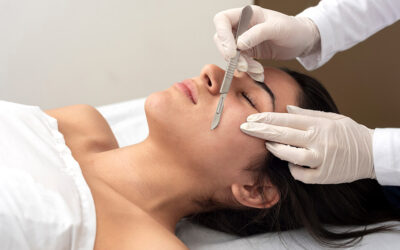If you’re looking for a skin treatment that will leave your face smooth and glowing with minimal irritation, immediate...
Injectable Treatments for Skin Rejuvenation
While much wisdom comes with age, so does the natural effect of age on the body. Before you know it, wrinkles and fine...
The Importance of Positive Thinking During COVID-19
There is no question that this is a tough time for us all. During these unprecedented times, there seems to be little...
December Holiday Season and the Gift of Health
December is a busy month between holiday shopping, get-togethers and keeping your regular life going; life can get...
Am I a Candidate for Mohs Surgery?
You have been given a frightening diagnosis. You have skin cancer that is affecting your face and scalp. It may not be...
Turn Back the Clock with BOTOX in La Jolla
There are a lot of treatments out there that can help an individual to restore their youthful appearance. One of the...
Benefits of Undergoing an Ultherapy Treatment with PRO-NOX
With Ultherapy technology and the PRO-NOX nitrous oxide delivery system, we can gently tone and tighten loose skin...
Get a Natural Lifted Look with Ultherapy in San Diego
One of the main things that individuals are interested in when it comes to cosmetic treatments is getting results that...
Sculptra: A Long-Lasting Anti-Aging Treatment in San Diego
A loss of volume in the face is the number one indicator that a person is getting older. It causes you to have...









